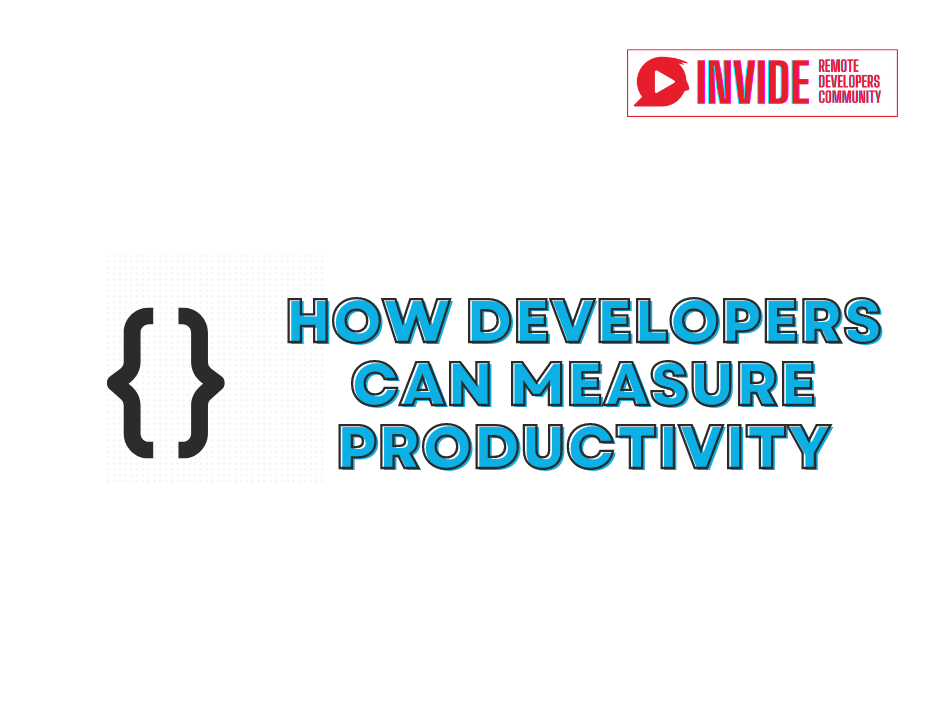How developers can measure productivity

The unpleasant truth is that there isn't a single metric or approach that works for all developers.
How you evaluate team and individual performance will depend on your workflow, deployment technique, team structure, development environment, software delivery process, and other factors.
Tracking the work finished and the caliber or significance of the tasks completed is normally how developer productivity is determined. These two requirements can be combined to ensure your team generates the results.
Utilize measurements that are highly correlated with business results (e.g., revenue.) They need to take care of all output, including non-engineering activity that is crucial to the software delivery process (such as scoping and collaborating with colleagues on Slack), while also guarding against system gaming.
Table of contents:
- Number of hours of deep work
- Pull request size
- Work-in-progress
- Code coverage
- How well bugs have been fixed
1. Number of hours of deep work

Use Developer Diary to track your progress every day. This way, you will also realize the time for which you were productive. You can track your efficiency, recognize where you got distracted, and plan accordingly.
2. Pull request size
Making your pull requests the right size will help your team work better. Every team has the ideal size for pull requests, and it's probably much smaller than you think. By the end of this piece, I'll persuade you that these three claims are accurate.
Simply put, this is an optimization issue. It costs money to create, review, manages, and merge a pull request, known as a transaction cost. You also incur what we will refer to as a "holding cost" if you permit the pull request to continue as a work in progress. You attempt to determine the amount of the pull request that will reduce the total of your charges.
3. Work-in-progress
It's simple to discern when someone is working, but how about if they are making progress? True progress is more difficult to track while undertaking complex tasks like creating software, managing a company, or writing a novel. Asking which unit of work contributes to which goals, if doing so advances us toward those goals, how much of a contribution it makes, whether the quality is high enough, and other questions are some approaches to measure.
4. Code coverage
Code coverage is a crucial quality statistic that you may use to gauge how much of the code in your project is productive. New code being introduced into the system must be thoroughly tested to guarantee that the quality of your project increases over time (or at least does not regress). In other words, knowing if developers' changes are tested before they submit pull requests can assist close any testing gaps before the changes are merged into the target branch. Owners of repositories may also want to establish rules to stop merging substantial, untested modifications.

5. How well bugs have been fixed
Since developers can now record, rewind, and replay their code, reversible debugging offers a practical, affordable method of finding errors. This increases overall productivity by making it easier to detect and swiftly repair customer-critical defects, meet ever-shorter deadlines, and deliver products. Companies can rapidly achieve top-line savings by cutting debugging time by two-thirds, freeing up engineers to code more productively, boosting productivity, and protecting brand reputation. The time has come to look into reversible debugging and the advantages it offers as the demands on software development increase.
- Read my blog posts on 9 things to make your remote work life easier and 21 productivity apps for mac every day.
- More blog posts on productivity.






Member discussion